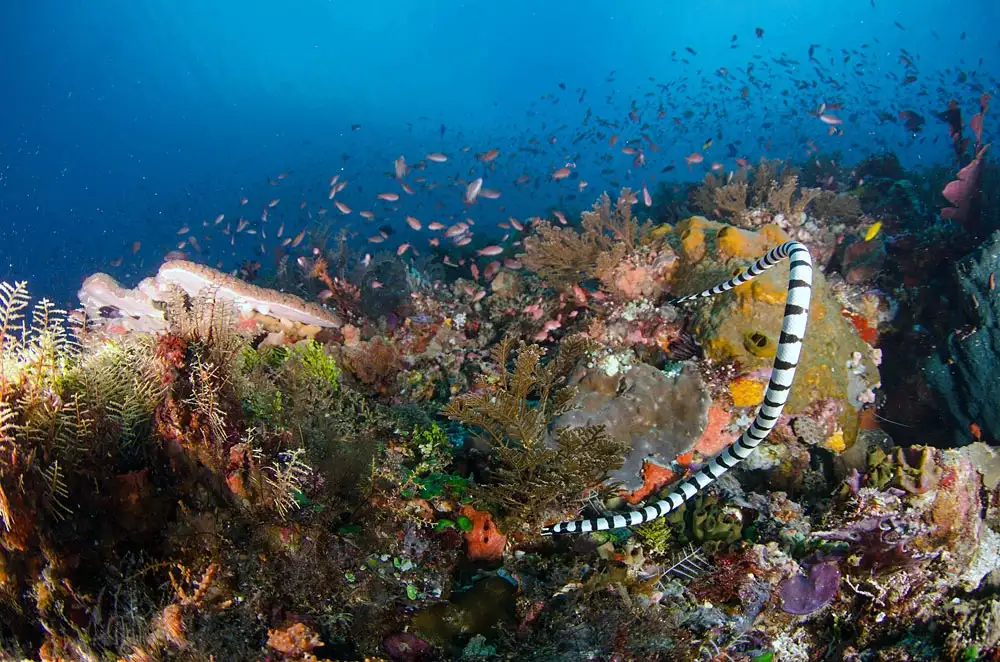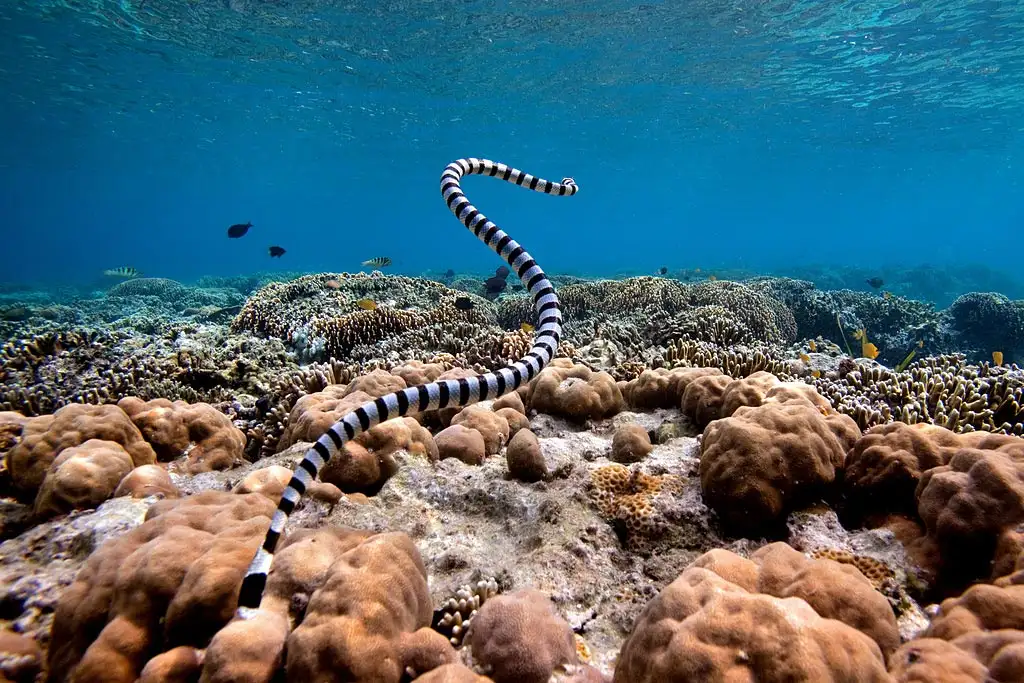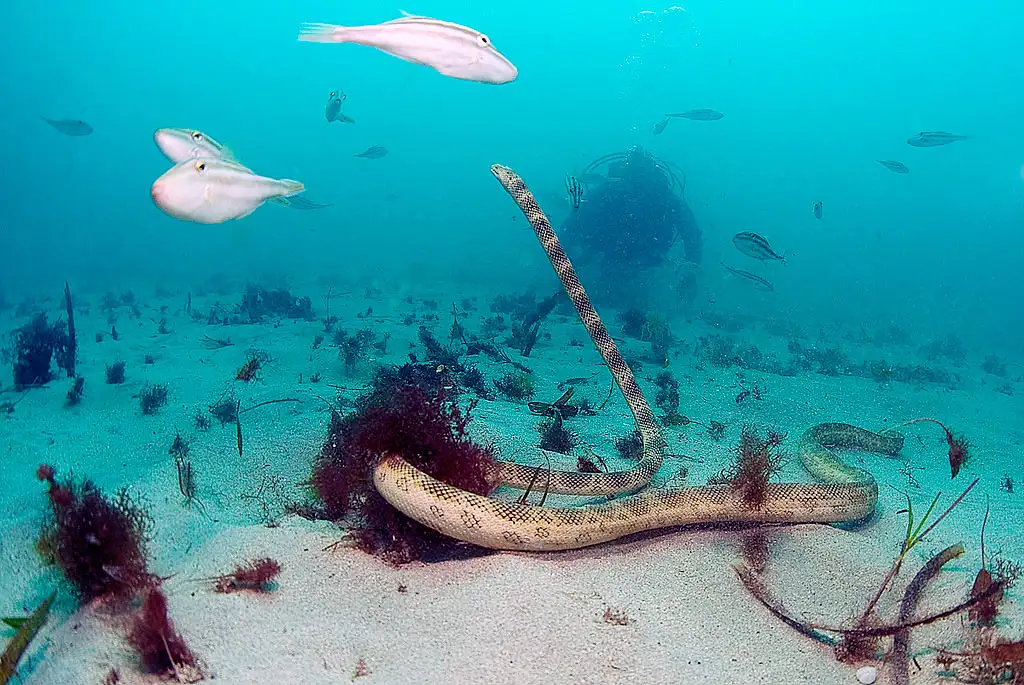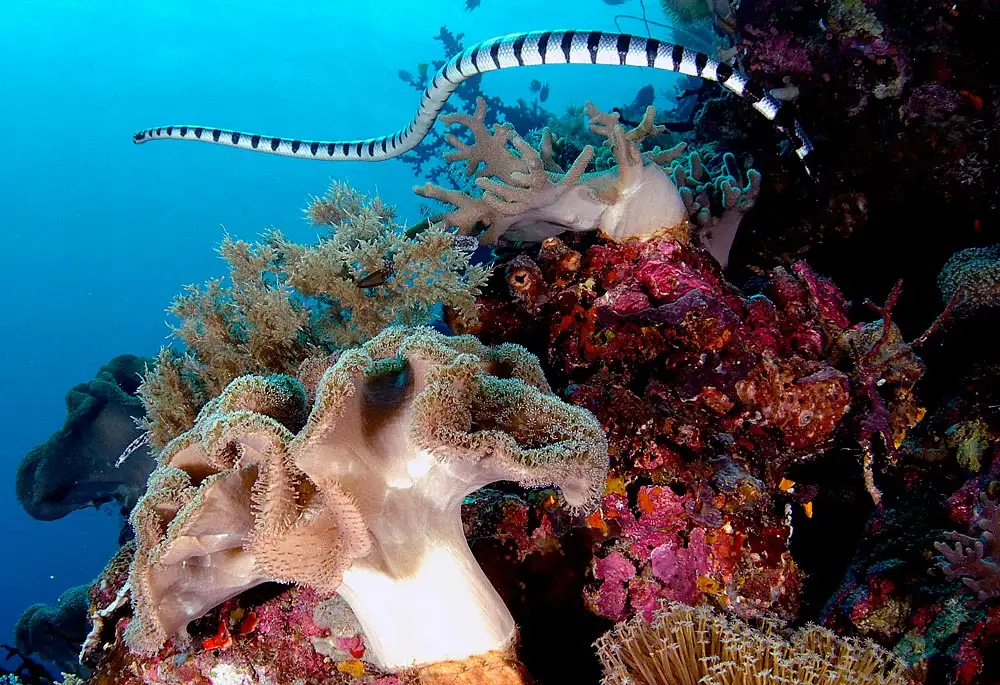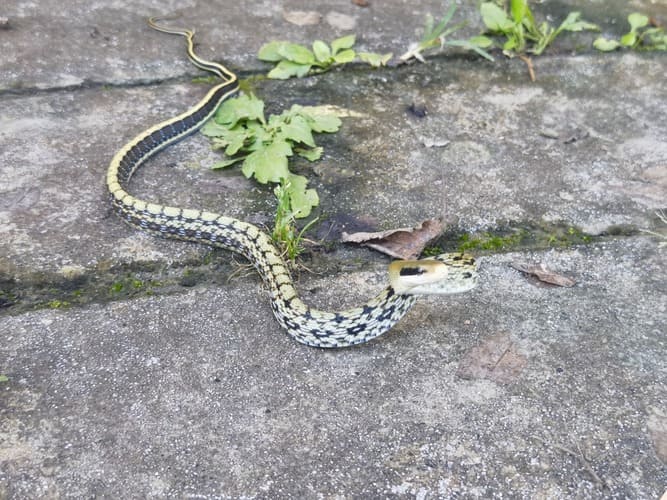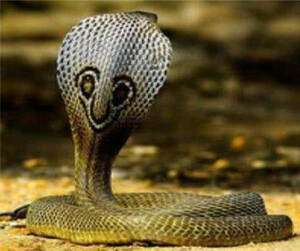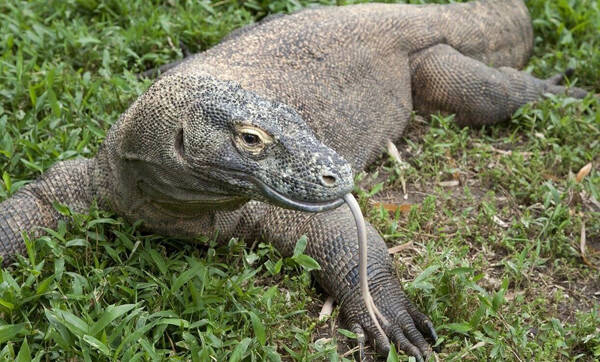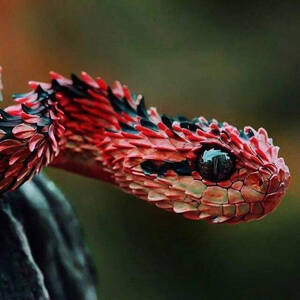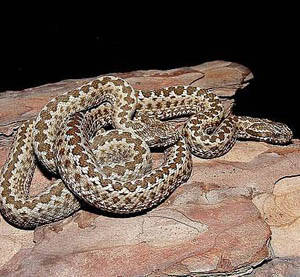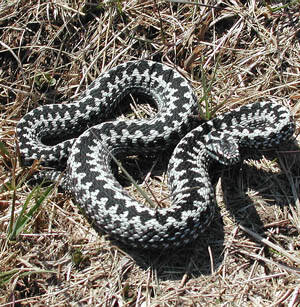Sea Snakes (Group Overview)
IUCN
LCBasic Information
Scientific classification
- name:Sea Snakes (Group Overview)
- Scientific Name:Hydrophiinae / Laticaudinae (Elapidae)
- Outline:Squamata
- Family:Elapidae Hydrophiinae Laticaudinae
Vital signs
- length:Typically 60–150 cm; large species ~200 cm
- Weight:Small to medium‑bodied; species‑dependent
- lifetime:Several to 10+ years
Feature
Marine elapids; true sea snakes viviparous, sea kraits oviparous; elongated lung; valved nostrils; salt gland; paddle‑shaped tail; fish/eel diet.
Distribution and Habitat
Indo‑Pacific reefs, seagrass beds, bays and open‑ocean surface zones; pelagic species extend into the E Pacific.
Appearance
Often banded; strongly laterally compressed tail; small flattened head; smooth to weakly keeled scales.
Details
Sea snakes are marine elapids comprising two main groups: the true sea snakes (Hydrophiinae, mostlyfully marine and viviparous) and the sea kraits (Laticaudinae, typically oviparous and coming ashore to nest). Both possess neurotoxic venom, yet most species are non‑aggressive in natural encounters.
Ecology & Biology
Respiration & osmoregulation: an elongated single lung, valved nostrils, limited cutaneous gas exchange and a functional salt gland for life in seawater.
Reproduction: viviparity in most Hydrophiinae; oviparity in Laticauda which must come ashore to lay eggs.
Diet: primarily fishes and eels, with some crustaceans/cephalopods; ambush or active foraging.
Behaviour: common on reefs, lagoons and continental shelves, with pelagic specialists (e.g., yellow‑bellied sea snake).
Identification
Tail: strongly laterally compressed, paddle‑shaped.
Scalation/colour: smooth to weakly keeled; many species show black‑and‑pale banding.
Head: small, flattened; valved nostrils; rear‑facing fangs typical of elapids.
Size & Longevity
Length: typically 60–150 cm, up to ~200 cm in large species.
Life: generally several to 10+ years, species‑dependent.
Range & Habitat
Centred on the Indian and western Pacific from tropical to subtropical waters—reefs, seagrass beds, bays and open‑ocean surface zones. Some pelagic species extend into the eastern Pacific to the Americas.
Conservation & Threats
Threats: fisheries bycatch, degradation of reefs/seagrass, pollution and plastics, and extreme ocean‑warming events.
Measures: gear modifications and safe release, key‑habitat protection, debris reduction and public awareness.
IUCN: this is a group‑level overview spanning multiple genera; statuses range widely (LC–EN). Marked here as Not Evaluated (NE).
FAQ
Q1. Do sea snakes need land? Most true sea snakes are viviparous and never need to come ashore; sea kraits are oviparous and must nest on land.
Q2. Are they dangerous? They are venomous elapids but usually non‑aggressive; avoid handling (educational note).
Q3. Field ID? Look for a paddle‑shaped tail, valved nostrils and often banded patterns on reefs or lagoons.
Q4. What to do if bycaught? Follow safe‑release protocols (use tools to disentangle; release in the water when possible).



